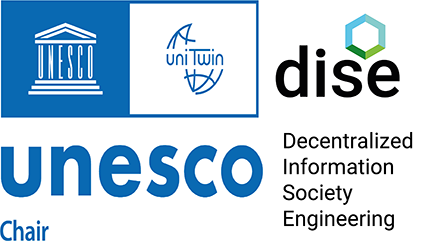2004
Tan, Yao-Hua; Thoen, Walter; Gordijn, Jaap
Modeling Controls for Dynamic Value Exchanges in Virtual Organizations Proceedings Article
In: Jensen, Christian; Poslad, Stefan; Dimitrakos, Theo (Ed.): Trust Management, pp. 236–250, Springer Berlin Heidelberg, Berlin, Heidelberg, 2004, (ISBN 978-3-540-24747-0).
@inproceedings{10.1007/978-3-540-24747-0_18,
title = {Modeling Controls for Dynamic Value Exchanges in Virtual Organizations},
author = {Yao-Hua Tan and Walter Thoen and Jaap Gordijn},
editor = {Christian Jensen and Stefan Poslad and Theo Dimitrakos},
url = {https://dise-lab.nl/wp-content/uploads/2021/06/Tan2004_Chapter_ModelingControlsForDynamicValu.pdf},
year = {2004},
date = {2004-01-01},
booktitle = {Trust Management},
pages = {236–250},
publisher = {Springer Berlin Heidelberg},
address = {Berlin, Heidelberg},
abstract = {The e3-value modeling tool was developed for the design of a value proposition for virtual organizations. However, it is less suitable for designing the control structure of the virtual organization. We show how e3-value can be extended using legal concepts such as ownership, possession, usufruct and license. We also introduce value object transfer diagrams that show the transfers of value objects graphically and that can be used for elicitation of the required control mechanisms in order for the virtual organization to function properly and with a level of risk that is acceptable to all parties in the virtual organization.},
note = {ISBN 978-3-540-24747-0},
keywords = {},
pubstate = {published},
tppubtype = {inproceedings}
}
The e3-value modeling tool was developed for the design of a value proposition for virtual organizations. However, it is less suitable for designing the control structure of the virtual organization. We show how e3-value can be extended using legal concepts such as ownership, possession, usufruct and license. We also introduce value object transfer diagrams that show the transfers of value objects graphically and that can be used for elicitation of the required control mechanisms in order for the virtual organization to function properly and with a level of risk that is acceptable to all parties in the virtual organization.

